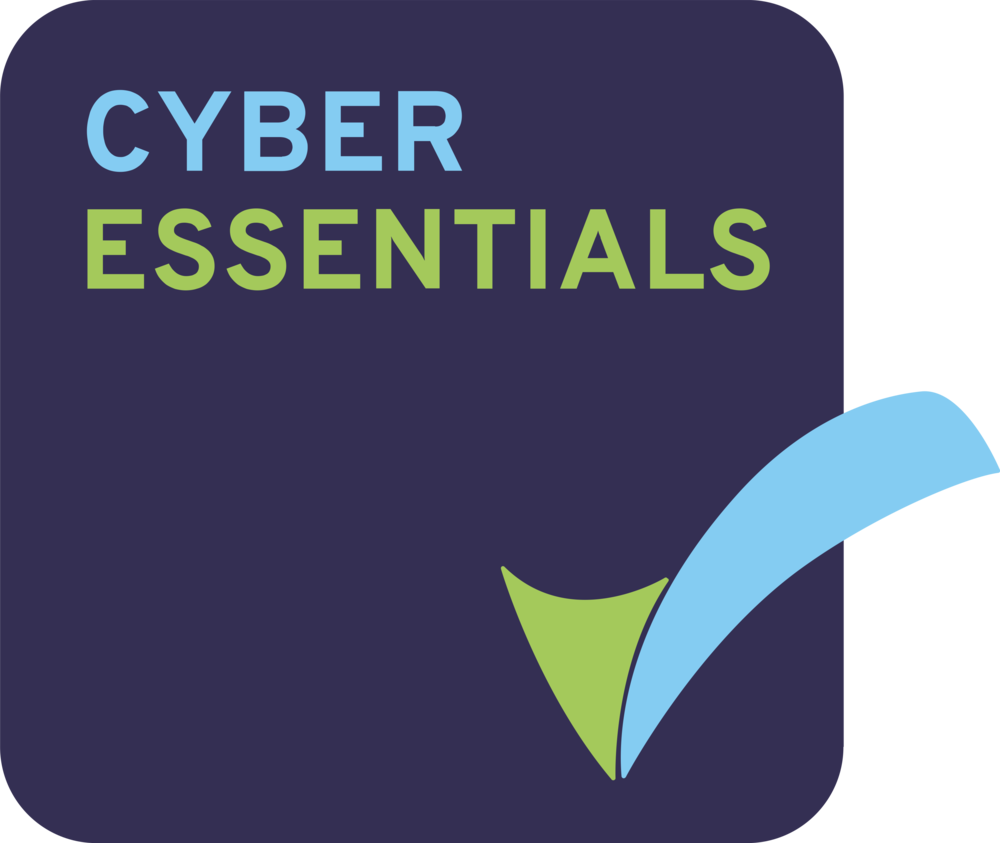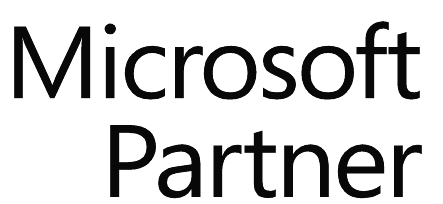Which Workforce Management solution is best for you?
There are a number of factors that will influence the type of Workforce Management (WFM) solution that will deliver the best results for your organisation. This is a mature and proven technology and has developed over the years to become the must have tool for optimising resource and also providing agent engagement.
What is Workforce Management?
In its simplest form it is simply a way of calculating what resource you need compared to what resource you have. There is however a number of features and functionality plus different deployment options that will be of interest depending on the sector you operate in and size of organisation.
Forecasting using WFM
Today most WFM applications are modular based focusing on the key elements of the planning cycle. This cycle starts with forecasting and calculating full-time equivalent (FTE) requirements. Entry level WFM products will provide a forecasting capability for calls only. For the more advanced products a full multi-channel forecasting capability is provided. This means forecasts are available for different interaction types – from immediate response items such as calls and web chat and social media to delayed response items such as email and back office processes. When considering WFM it is important to future proof the requirements of the organisation. Most customers interact via different channels and therefore a true multi-channel application will be more beneficial in the long run.
As part of the forecasting element, a longer term capacity planning budget module may be available. This can help with the submission of budgets, campaigns and site strategy. The ability to produce budget models from within the WFM helps to save time and it can draw from historical interaction profiles.
Scheduling with Workforce Management
Scheduling and shift patterns are the other core function for WFM. The requirements provided by the forecasts are used to create shift patterns based on business rules and expected service levels. Market leading WFM systems will provide the ability to create a number of shift patterns based on fixed, flexible, rotating and annualised shift patterns. It will also take into account the business rules and contractual requirements for the organisation. Schedule creation should be intuitive, quick and provide multiple shift pattern options.
The scheduling should also start to take into account agent engagement in terms of preferences, availability patterns and shift swaps. This gives the employee some input into the scheduling process which promotes engagement.
Self Service WFM
This is closely linked to self-service for employees. This typically takes the form of an agent portal where the employee can access their shift patterns, make requests, view allowances and swap shifts. Most are web based to allow mobile or remote access. Regardless of the size of the organisation, self-service is a must have for any WFM consideration. It provides the dual benefit of reduction in administration for management and increased engagement for employees.
Real-Time Management
Real-Time Management is another key feature of WFM. This provides the organisation with a view of what is happening on the day and some proactive measures to cope with unexpected uplifts in demand. This can take the form of intra-day screens detailing actual vs forecast and for advanced WFM there is often a reforecasting option. This will take the actual volumes to date on the day and reforecast the requirements accordingly.
Schedule Adherence
Intra-day management is also linked to schedule adherence. This measures the agent’s actual activity compared to their scheduled activity. It is a useful tool for measuring agent performance, identifying coaching requirements and ensuring activities are completed when required.
Reporting Functionality within Workforce Management
WFM also provides business intelligence via reporting functions. For entry level products, a set of predefined reports are available focusing on operational data and agent performance. More advanced deployments will offer a more flexible form of reporting. This can be in the form of providing access to the data directly for use in other business intelligence tools or a bespoke performance management module. This can take elements from the WFM application and create scorecards by using data from other sources.
Regardless of the type of solution or deployment method, it is safe to say WFM will deliver rapid results, reduce administration overheads and most importantly provide an engagement platform for staff. This is truly a low risk, mature technology with proven results.















